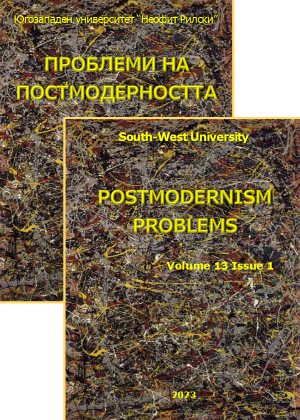Disasters – Sociocultural Effects on the Quality of Life of Local Communities
Disasters – Sociocultural Effects on the Quality of Life of Local Communities
Author(s): Albena Nakova-Manolova, Valentina MilenkovaSubject(s): Social Sciences, Sociology, Social development, Economic development, Environmental interactions
Published by: ЮГОЗАПАДЕН УНИВЕРСИТЕТ »НЕОФИТ РИЛСКИ«
Keywords: quality of life; disaster; earthquake; flood; impact assessment indicators; social change; post-disaster model of social relations
Summary/Abstract: This article presents an analysis of the impact of disasters on the quality of life of local communities. Its empirical basis is collected field material within the framework of a study conducted by the Institute for Еthnology and Folklore Studies with the Ethnographic Museum at the Bulgarian Academy of Sciences as part of the project "Local Disasters and Quality of Life: Cultural Strategies in Overcoming Natural, Technological and Biological Catastrophes", funded from National Science Fund of the Ministry of Education and Science. The empirical data, on the basis of which the theoretical analysis is carried out, concern two natural disasters that occurred in Bulgaria - the earthquake in Pernik in 2012 and the flood in the Asparuhovo district in 2014. Research results show that the disaster affects, albeit to different degrees and in different ways, all components of the "quality of life" category, changing them at the moment or creating conditions for their later change. It has a powerful impact on the material and economic side of people's lives as the basis of their social well-being, which is entirely in a negative direction. Also negative is the impact of the disaster event on the affected person's physical and mental health, sense of security, tranquility, and mental balance. Unexpectedly, it turns out that disaster can also positively impact people's quality of life. This is most often in terms of their social connectedness and cohesion when the disaster event catalyzes social connections and support. Striving to restore the pre-disaster quality of life leads to social change that reflects the experience of survival through changes in local traditions and everyday life and the creation of new cultural memory and places of memory, thus building a new post-disaster model of social relations, accumulating gained experience and refracting it through the unique situation.
Journal: Проблеми на постмодерността
- Issue Year: 13/2023
- Issue No: 1
- Page Range: 55-67
- Page Count: 13
- Language: English

